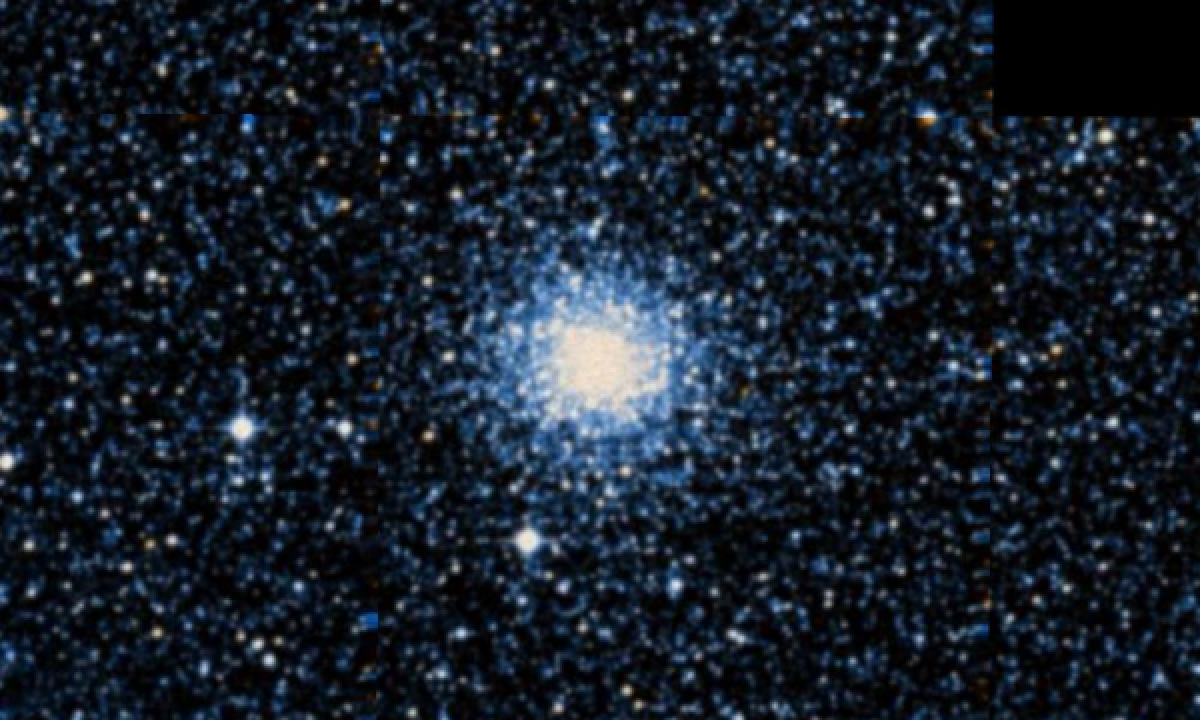The New General Catalogue of Nebulae and Clusters of Stars (abbreviated as NGC) is a catalogue of deep-sky objects compiled by John Louis Emil Dreyer in 1888. The NGC contains 7,840 objects, known as the NGC objects. It is one of the largest comprehensive catalogues, as it includes all types of deep space objects, including galaxies, star clusters, emission nebulae and absorption nebulae.
Know more about NGC
NGC 419

NGC 419 is a globular cluster located approximately 57,000 pc (190,000 ly) from Earth in the constellation Tucana. It was discovered on September 2, 1826, by James Dunlop. It was described by Dreyer as "pretty large, pretty bright, round, gradually brighter middle". At a distance of about 186,000 light years (57,000 parsecs), it is located within the Small Magellanic Cloud. At an aperture of 50 arcseconds, its apparent V-band magnitude is 10.30, but at this wavelength, it has 0.15 magnitudes of interstellar extinction. NGC 419 is about 1.45 billion years old. Its estimated mass is 6.4×104 M☉, and its total luminosity is 3.49×105 L☉, leading to a mass-to-luminosity ratio of 0.18 M☉/L☉. All else equal, older star clusters have higher mass-to-luminosity ratios; that is, they have lower luminosities for the same mass.
More Images:

Sources:
Wikipedia Page: NGC 419
NGC 419 at In-The-Sky website
